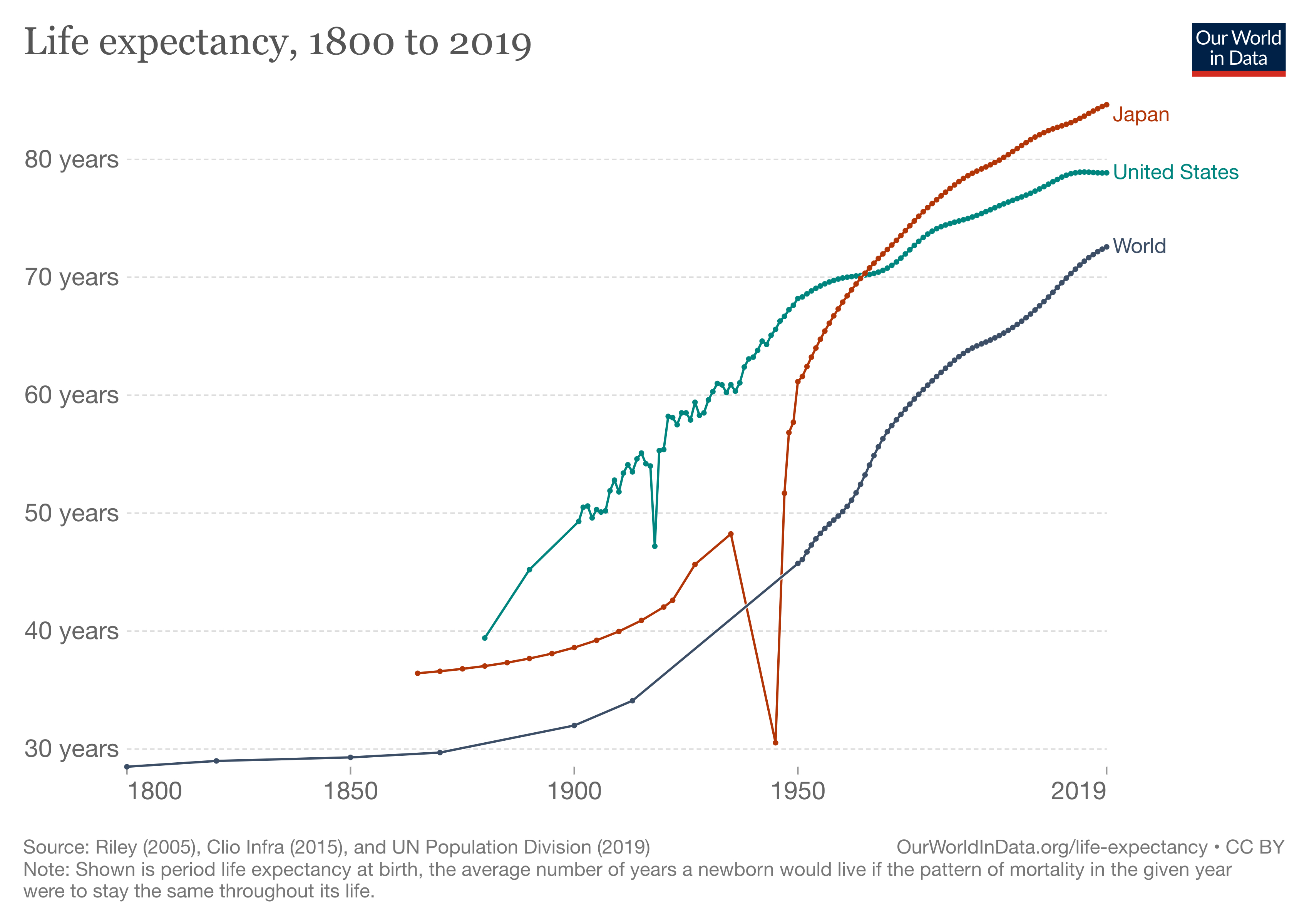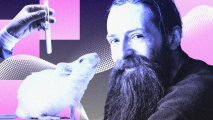Researchers began documenting the human lifespan in 1840. A 2014 article in The Atlantic explains that the overall life expectancy of a human has increased by an average of three months per year since this documentation began.
If we remain on this trajectory, the average human will be living to the age of 100 by the end of the 21st century. However, advances in regenerative medicine could dramatically speed up this trend.

Increasing human lifespan through cell regeneration
Epigenetics, which involves placing “tags” on the underlying DNA sequence, helps define a cell’s function. While all cells contain the same genes and DNA sequence, how that information is read can be altered. Because of differences in epigenetic regulation, one cell might become a muscle, while another becomes a nerve.
Clearing these epigenetic tags is necessary during the early stages of embryonic development. Embryos are mostly stem cells, and these cells largely lack epigenetic tags, which is what allows identical cells to grow into all of the diverse tissues in the human body. As the embryo grows, epigenetic tags are reestablished as cell lineages begin to form for each organ or system.
Scientists have already discovered how to convert differentiated cells back into a stem cell-like state. This essentially “resets the clock,” tricking a cell into thinking it is young again. If we could somehow harness this power inside the human body, we could possibly reverse the effects of aging, thereby increasing lifespan and quality of life.
Figuring out how to design and create these therapies has become the hot new investment trend for top tech billionaires.
Companies in the cell regeneration space
Founded in 2013, Calico Labs is a pioneer in the cellular regeneration space. With financial backing from Google’s Larry Page, Calico Labs is on a mission to understand the biology that controls aging and lifespan.
Researchers at Calico Labs are currently trying to figure out how yeast cells age. The team has developed a technology that allows researchers to separate the mother cells from the daughter ones. By isolating the cell types, they can observe the aging process of individual cells and experiment with ways to modify them to help extend their lifespan.
Given that yeast cells are somewhat similar to human cells, this ongoing project could provide insight into the aging process of more complex organisms. Long term, they hope this could lead to potential therapies for slowing or reversing the aging process in humans.
With funding from Amazon’s Jeff Bezos and billionaire venture capitalist Yuri Milner, Altos Labs was announced in 2021 and officially began operations in January 2022. The goal of the project is to explore ways to restore cell health and reverse disease and age-related ailments through cellular rejuvenation programming.
Specifics on current research initiatives are unknown, but in the press release for the official launch, founder Rick Klausner outlined the overall mission for the team.
“Altos seeks to decipher the pathways of cellular rejuvenation programming to create a completely new approach to medicine, one based on the emerging concepts of cellular health,” Klausner said.
“Remarkable work over the last few years beginning to quantify cellular health and the mechanisms behind that, coupled with the ability to effectively and safely reprogram cells and tissues via rejuvenation pathways, opens this new vista into the medicine of the future.”
Launched in December 2021, NewLimit secured early funding from the CEO of Coinbase, Brian Armstrong. Similar to Calico and Altos, NewLimit aims to develop cellular reprogramming methods to unlock therapies and reduce or prevent age-related disease.
The convergence of single-cell genomics, epigenetic editing, and machine learning has opened the floodgates for research possibilities in cellular reprogramming – and NewLimit plans to capitalize on this.
In a company release for the official launch, the founders stated that their goal was to use epigenetic research to “figure out a way to restore the regenerative potential we all had when we were younger but somehow lost.”
They believe that this research could take decades to achieve, so there’s no better time to start than now.
Timing is everything
We are still in the very early stages of regenerative medicine. But breakthroughs in genome sequencing and therapy, CRISPR, stem cell rejuvenation, and others are all converging.
This convergence establishes possibilities for developing methods that significantly impact the lifespan of the average human – everyone involved is just trying to figure out how.
As for the investors, they know that these ventures are unlikely to see any immediate financial payoff, but a longer, healthier life seems worth the gamble for them. For now, much of it remains entirely theoretical.
The proverbial fountain of youth may actually be on the horizon.
The short-term goal is to understand how cell regeneration can help fight aging and related ailments. However, the discoveries and innovations that emerge could be worth billions in the long term – and the payoff for humanity, potentially priceless.
Like anything, though, timing is everything. And some critics think that there may be too much money flowing into this tech way too soon. But if longevity enthusiasts succeed, the proverbial fountain of youth may actually be on the horizon.
We’d love to hear from you! If you have a comment about this article or if you have a tip for a future Freethink story, please email us at [email protected].






